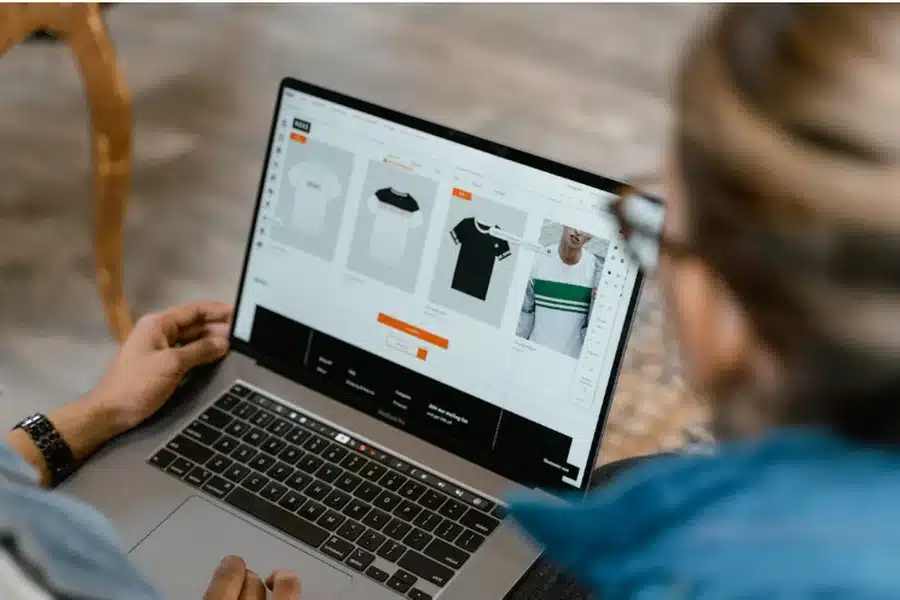What Should You Look For When Comparing Online Retail Experiences

Suggested URL: what-should-you-look-for-when-comparing-online-retail-experiences
Shopping online used to be about convenience first and foremost. However, with time, there is a lot more competition out there, and more choice is beneficial for consumers. Today, you need to find a place where you feel confident spending your money, knowing your expectations will be met, or better yet, exceeded.
So, how do you choose the right retailer when there’s a sea of competing sites out there? Stay tuned as we explore everything from trust signals to post-purchase care that should shape your decisions.
Evaluating Website Trustworthiness
When shopping online, trust is everything. A website that feels sketchy can turn any customer away, and there are more than 932,000 websites specifically set up to scam people. So there’s a legitimate reason to be skeptical by default.
To be safe, look for clear signs to assess credibility, including:
- Secure browsing, with “https” in the URL and a padlock symbol next to it
- Transparent company details like an About page, physical address, or contact info
- Visible policies for returns and refunds are clearly stated on the site
Reputable retailers often feature trust seals from recognized security firms or payment providers. These are verified safeguards you need to see to have confidence in a site.
Also, keep in mind that scammers rarely invest in professional design. Unpolished visuals or frequent errors are red flags signaling caution.
A solid online presence across various platforms, such as social media, adds authenticity. Established brands actively engage their audience rather than remaining faceless.
Focusing on these cues while browsing lets you reduce risk and gain confidence in your purchase decisions without needing expert knowledge.
Why Product Range and Selection Diversity Impact Shopping Choices
An extensive product range saves time and creates convenience for shoppers seeking everything in one place.
When assessing selection diversity, consider:
- Availability of different brands, price ranges, and quality options
- Clear organization into categories to simplify browsing
- Options for niche or specialty products not found elsewhere
Retailers with broad offerings can cater to multiple needs simultaneously. This eliminates the need to shop across multiple sites, which often causes frustration.
Product variety also applies to how international audiences are catered to. Country-specific offerings are a selling point. For example, reputable retailer trendyol.com serves customers in Saudi Arabia with a lineup that is tailored to their tastes and expectations.
Exclusive items or collaborations also enhance a retailer’s appeal. Unique choices make a site stand out compared to competitors offering standard selections.
Lastly, stock consistency matters just as much as diversity. Running into frequent “out of stock” notices signals poor inventory management that hurts user experience.
The Role of User-Friendly Interfaces in Enhancing the Experience
A poorly designed website turns shopping into a frustrating task. A user-friendly interface keeps customers engaged and ensures smooth navigation.
Key elements to look for include:
- Intuitive menus and filters that make finding products simple
- Quick loading speeds that don’t keep you waiting unnecessarily
- Responsive design that works well on desktops, tablets, or smartphones, since mobile devices now account for 61.85% of all web traffic
Cluttered layouts or overwhelming visuals are immediate deterrents. Clean designs with clear calls-to-action guide users seamlessly through the buying process.
Search functionality also plays a major role. Features like predictive search suggestions and relevant sorting options significantly streamline product discovery.
The checkout process should be equally straightforward. Complicated steps or unexpected fees often drive shoppers away before they complete their purchases.
By choosing retailers prioritizing ease-of-use in their site design, you reduce stress and actually enjoy browsing.
The Importance of Payment Security
Trust in payment processes directly affects your shopping confidence. Secure transactions protect both your money and personal information.
Check for:
- Encryption technology like SSL certificates indicated by “https” and padlock icons
- Trusted payment gateways such as PayPal, Apple Pay, or major credit card options
- Multi-factor authentication steps that add extra layers of security
Retailers with a clear and transparent privacy policy inspire greater confidence. This document should explain how they handle sensitive customer data.
Be cautious with unfamiliar sites asking for unnecessary details during checkout. Legitimate stores keep it straightforward without collecting or sharing unrelated information.
Another useful feature is fraud protection coverage provided by payment providers. Knowing you’re covered in case of disputes brings peace of mind.
Final Thoughts
Online shopping involves several key elements that must be in place to give customers the confidence to click ‘buy’. Trust, selection, usability, and security shape the experience. Focusing on these key aspects while comparing retailers means you can shop online and enjoy painless transactions every time.
